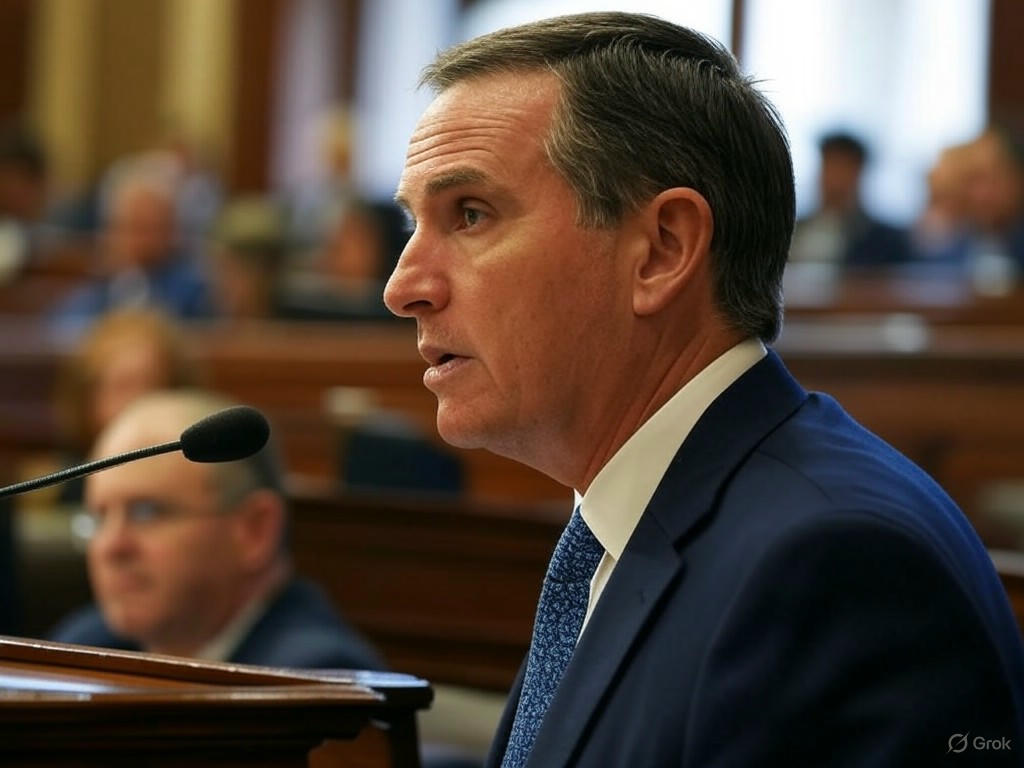Bipartisan Push: House Committees Revamp Market Structure Legislation
In a significant step toward reshaping financial regulations, two key House committees—the Agriculture Committee and the Financial Services Committee—have simultaneously advanced a transformative market structure bill. This legislative effort, aimed at modernizing oversight of financial markets, signals a rare bipartisan consensus in an often polarized political landscape. The bill’s progression comes at a pivotal moment as digital assets and cryptocurrencies continue to challenge traditional regulatory frameworks, pushing lawmakers to adapt swiftly.
The revised legislation, which has been under intense scrutiny, seeks to address gaps in current market oversight, particularly in areas involving emerging technologies. While specific details of the bill remain under wraps, sources suggest it includes provisions to clarify jurisdictional boundaries between regulatory bodies, a long-standing point of contention. This move is seen as a direct response to the rapid evolution of financial instruments like cryptocurrencies, which have often operated in a gray area of regulation. By streamlining rules, the bill aims to foster innovation while ensuring investor protection—a delicate balance that has eluded policymakers for years.
What makes this development noteworthy is the synchronized effort between the two committees, which rarely align on such complex issues. The Agriculture Committee, traditionally focused on commodity markets, and the Financial Services Committee, which oversees broader financial systems, have found common ground in recognizing the urgency of updating market structures. This collaboration could set a precedent for future legislative efforts, especially as digital currencies gain mainstream traction. Meanwhile, whispers from Capitol Hill indicate that the Senate is making parallel strides with a stablecoin-focused bill, hinting at a broader overhaul of the financial regulatory landscape in the near future.
Industry stakeholders have reacted with cautious optimism. Financial technology firms, long frustrated by regulatory ambiguity, view the bill as a potential game-changer that could provide much-needed clarity. However, some critics warn that overly stringent measures could stifle innovation, particularly for smaller players in the crypto space. Balancing these competing interests will be crucial as the bill moves forward, likely facing intense debate and amendments in the coming months. Lobbyists from both traditional finance and the burgeoning crypto sector are already gearing up for a battle of influence, each hoping to shape the final language of the legislation.
As this market structure bill advances through the House, its trajectory will serve as a litmus test for how far lawmakers are willing to go in embracing the digital age. With the Senate’s stablecoin legislation also nearing completion, 2025 could mark a turning point for financial regulation in the United States. The coming weeks will be critical, as public hearings and further deliberations will reveal whether this bipartisan momentum can withstand the inevitable political and industry pressures. For now, all eyes are on Congress, as the decisions made today could redefine the financial markets of tomorrow.


